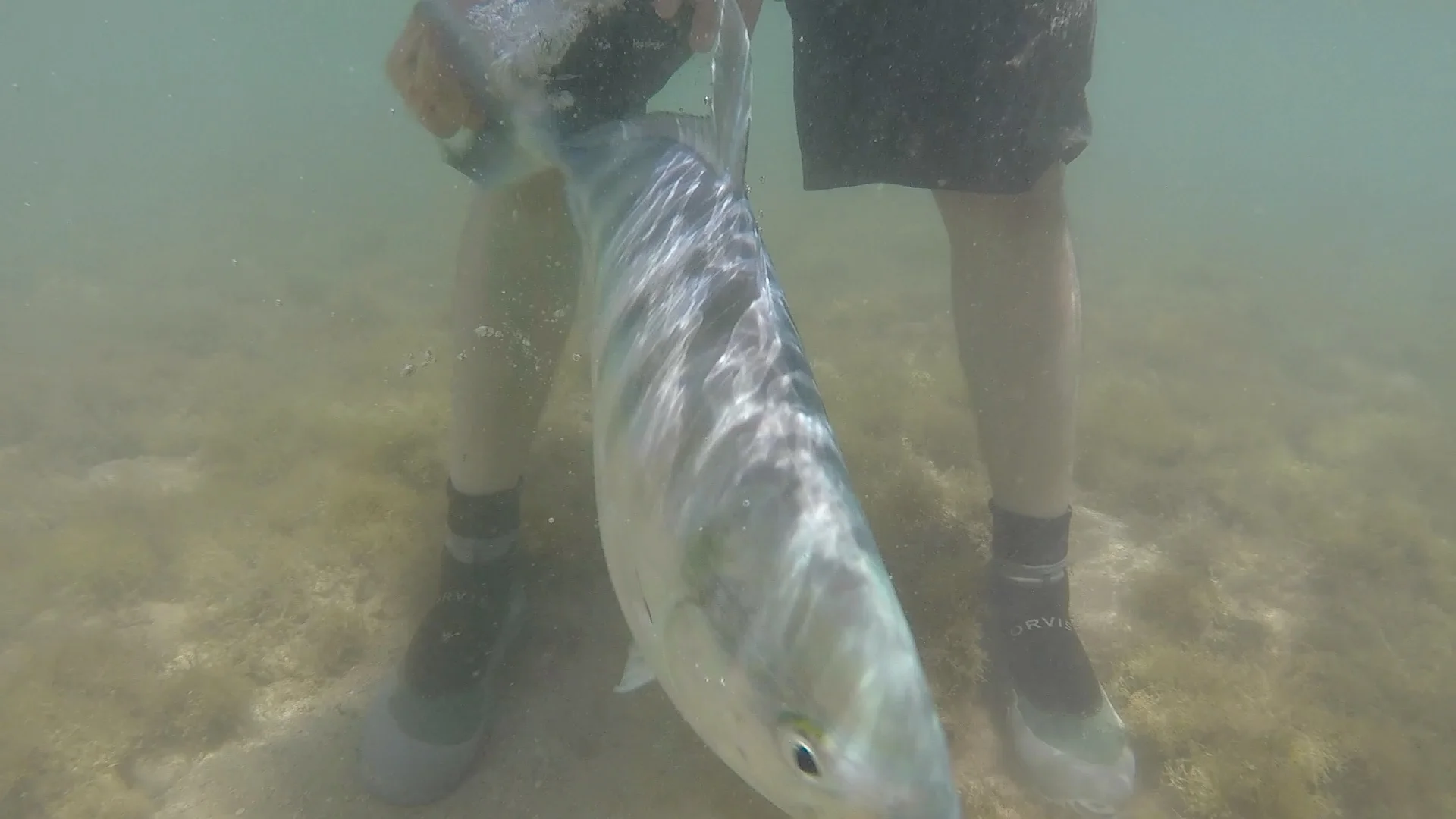The Urge to Tie Bonefish Flies
/As a fly tying newbie or veteran fly tier, you want to make flies that work. You constantly look on YouTube for a new pattern or technique to improve. If you have a fly fishing community, you can always bounce ideas off one another. We have a solid community of fly fishermen in Hawaii. Most times, fly fishermen are willing to show their custom designed Hawaiian bonefish flies. Through these lessons, we are able to create new flies with different variations. To a fly fisherman, success is landing a bonefish on a fly you have created yourself. Success is also watching these fish rush the fly, mouth the fly, and change directions to the fly based on the fly itself.
I change flies often! As a rule of thumb, if the fly is presented to the bonefish at least 3 times and the fish does not react, change the fly. This does not mean the fish will not bite the fly, but rather the fly may not be working at that time, current conditions, or depth. The fly may be too big or too small. Maybe the color is wrong.
Constantly testing flies and the fish reactions are key to making the perfect fly for bonefish here in Hawaii. There is a science to making these flies. For example, you will see one of my inventions on our YouTube page. The fly is designed with extra large and imperfect eyes. Making these eyes is no easy task and take hours to perfect. The theory behind the large eyes to mimic a crab or mantis looking out of its hole in the reef. The eyes is what attracts the fish to the fly. I’m not sure if you would call it a crab patter. The eyes float, keeping the eye of the hook toward the bottom and the eyes looking up. You can make the body of the fly any color, but it should depend on the crabs that are around. You want some contrast between the seaweed and sand. Even if it is the same color the sand, then you may want to use a stiffer material.
I’ll make the eyes different colors such as red, blue, green, black, brown or transpartent. You can even make white eyes, which I would love to try, but just haven’t made it yet. I have not figured out if the color of the eye matters. I have determined that the size of the eye matters. These flies look super strange and most people would not event attempt to by a fly like this from a local fly shop.
I’ll use heavy eyes for deeper water and lighter eyes for shallower waters. I’ll also use an EP fiber and wire for the body. This gives the fly a little more weight so it stays on the bottom. It is advantageous using heavier flies in deeper water because the fly is more likely to sink to the bottom where you want it, before the fish your targeting gets to the area. Light flies create less splash. Because the bonefish in Hawaii are so finicky, having a lighter fly creates less splash, and the chance of scaring the fish drops.
On the flies, I also like to add rubber legs and crystal flash to give the fly a little more life when it is on the bottom. The crystal flash helps with the contrast of these flies that are suppose to resemble crabs, shrimp and other critters camouflage in their natural environment. The rubber legs make the fly look alive in the always present current.
These flies do not work in currents, waves, or rocky areas. Rocky areas result in many snags and less fishing time. The current will actually push your fly over or sideways, helping it hook to the bottom, which is exactly what you do not want to do. Therefore the best areas to use the fly are in sandy or smooth bottom areas.
A loop knot will give you the best action with the fly. If you use a klinch knot, the fly may not stand-up in the water with the eye of the hook on the bottom and the eyes sticking straight up. Presentation is everything. Having the fly on the bottom before the bonefish get there is super important.
I’ll usually give the bonefish a healthy lead. When the bonefish gets in the area, within two feet of the fly, I will give the fly a very small pull. This gives some movement to the fly. The usual reaction of these bonefish is to immediately attack the fly. We only have a rough idea of where the fly is relative to the bonefish, that is why it is important to watch the reaction of the fish as they search for food on the bottom.
The disadvantage of using such a big fly is that smaller fish typically do no get hooked unless they are really hungry. The other disadvantage is the fly does not work in rocky areas and in areas with a heavy current.
Creating new patterns and testing flies makes fly fishing fun. Every time you test a fly, you want to tie another fly and add or take away something. Making and testing flies is a vicious cycle that keeps going; an ongoing quest to tie the perfect fly. It doesn’t stop! Even when you find the best pattern for a certain area, you will find that it doesn’t work in another area. The process of fly tying and fly fishing is challenging, which is what that makes it so addicting.

